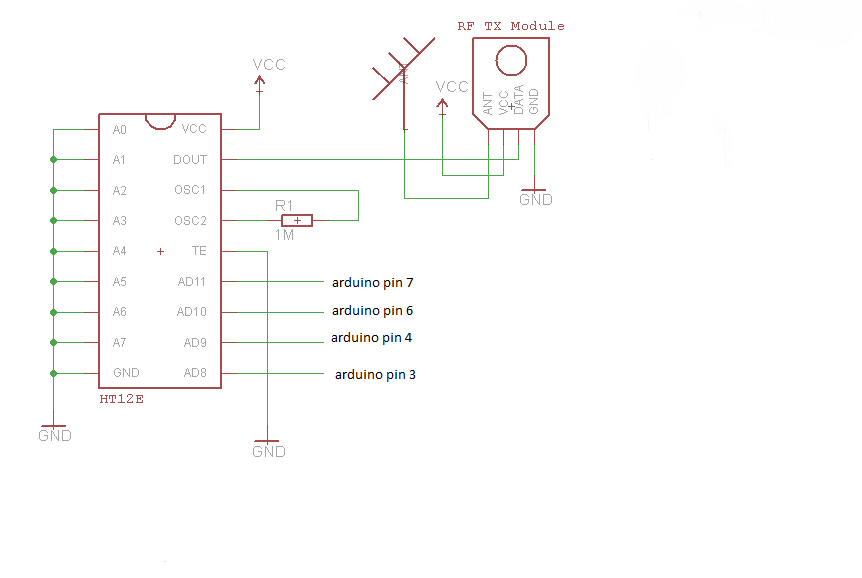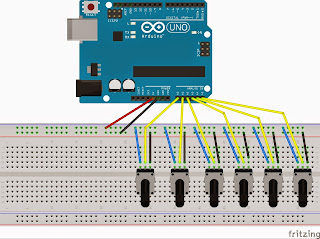In this tutorial you will be learning on how to make an app for controlling an robot by android app, you will be using android phone as remote controller to control the robot.You need 2 gear motor with wheelsA motor driver, you can use any of the motor driver you want, I used L293D motor driver for this project.You also need a battery and connecting wires, apart from that as usual a Bluetooth and Arduino board is needed to complete this tutorial.
--------------------------------------------------------------------------------------------------------------------------
#include <SoftwareSerial.h>
SoftwareSerial BT(10, 11); //TX, RX respetively
String readdata;
void setup() {
BT.begin(9600);
Serial.begin(9600);
pinMode(3, OUTPUT); // connect to input 1 of l293d
pinMode(4, OUTPUT); // connect to input 4 of l293d
pinMode(5, OUTPUT); // connect to input 3 of l293d
pinMode(6, OUTPUT); // connect to input 2 of l293d
}
//-----------------------------------------------------------------------//
void loop() {
while (BT.available()){ //Check if there is an available byte to read
delay(10); //Delay added to make thing stable
char c = BT.read(); //Conduct a serial read
readdata += c; //build the string- "forward", "reverse", "left" and "right"
}
if (readdata.length() > 0) {
Serial.println(readdata); // print data to serial monitor
// if data received as forward move robot forward
if(readdata == "forward")
{
digitalWrite(3, HIGH);
digitalWrite (4, HIGH);
digitalWrite(5,LOW);
digitalWrite(6,LOW);
delay(100);
}
// if data received as reverse move robot reverse
else if(readdata == "reverse")
{
digitalWrite(3, LOW);
digitalWrite(4, LOW);
digitalWrite(5, HIGH);
digitalWrite(6,HIGH);
delay(100);
}
// if data received as right turn robot to right direction.
else if (readdata == "right")
{
digitalWrite (3,HIGH);
digitalWrite (4,LOW);
digitalWrite (5,LOW);
digitalWrite (6,LOW);
delay (100);
}
// if data received as left turn robot to left direction
else if ( readdata == "left")
{
digitalWrite (3, LOW);
digitalWrite (4, HIGH);
digitalWrite (5, LOW);
digitalWrite (6, LOW);
delay (100);
}
// if data received as stop, halt the robot
else if (readdata == "stop")
{
digitalWrite (3, LOW);
digitalWrite (4, LOW);
digitalWrite (5, LOW);
digitalWrite (6, LOW);
delay (100);
}
readdata="";}} //Reset the variable
--------------------------------------------------------------------------------------------------------------------------










